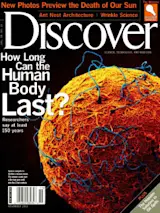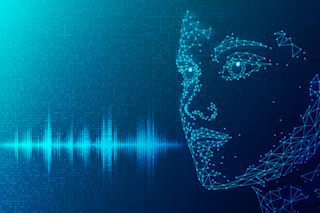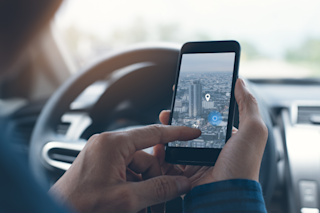With computer security threats lurking around every electronic corner it is no wonder that so many online activities, from signing into your e-mail to checking your bank account, require a secure log-in with a password. But passwords can be stolen or forgotten, and most of us are not about to shell out for a high-tech retinal scanner. So scientists at the Technion-Israel Institute of Technology in Haifa, Israel, have created a program that lets a computer recognize you as its rightful user based simply on the way you type.
The human brains behind this artificial brain are two Technion-Israel undergraduate students, Mordechai Nisenson and Ido Yariv. They came up with the idea of a program that recognizes users by their keystrokes and took it to Ran El-Yaniv, a professor of computer science. He liked it and brought in a colleague, Ron Meir, an electrical engineer. Nisenson and Yariv realized that ...














